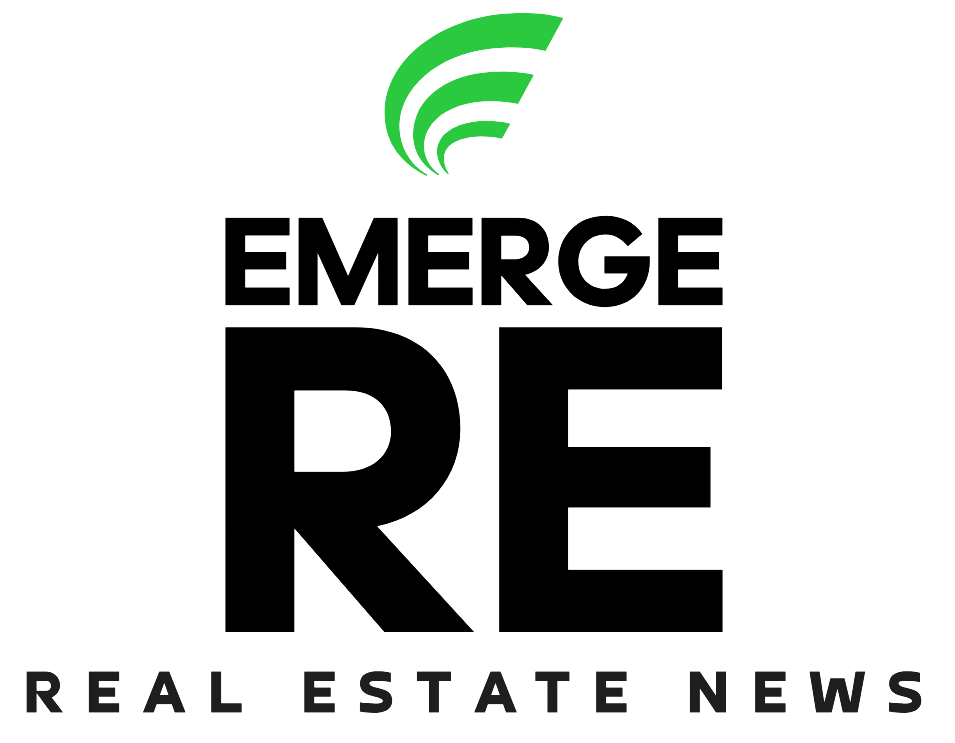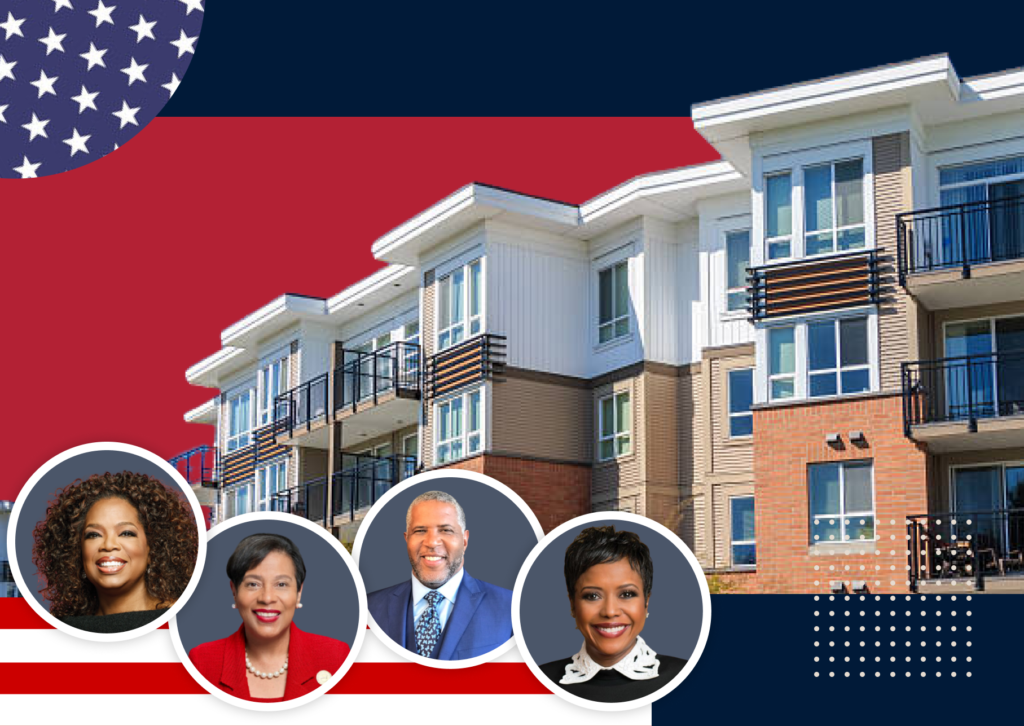Introduction: The DEI Retrenchment Moment
In recent months, a sweeping wave of DEI-related executive orders from the Trump administration has triggered a chilling effect across the institutional investment landscape. Public agencies as well as banks, private equity, and asset management firms have been scaling back or outright eliminating their diversity-led investment initiatives. Even organizations historically committed to supporting minority-led firms, such as CDFIs and large national nonprofits like LISC, Enterprise Community Partners and Habitat for Humanity, have seen government funding frozen or significantly curtailed, making the availability of their products and offerings less certain.
To gauge the immediate impact of this shift, we need look no further than the real estate industry. The economic health of black and brown communities is directly correlated to the availability of funding for African American real estate developers and operators. Rollbacks to project financing, particularly equity capital, jeopardizes the deep pipeline of catalytic projects that could preserve and build affordable housing, introduce much needed retail and social services, and revitalize under-utilized or blighted areas in major metros across the country. Similarly, the elimination of public funding for technical assistance and capacity-building services may sound like an innocuous place to trim government waste, until it becomes clear that without such support, many black developers won’t ever be able to grow their organizations (since the lack of capital also corresponds to thinly staffed teams without deep organizational infrastructure). So, with technical assistance evaporating and equity investment capital becoming even more elusive, an urgent question now emerges: what happens when the institutional well runs dry?
Water From a Rock: The Myth of Abundance in Institutional Capital
The answer lies in a hard truth many minority-led developers have already come to know: the institutional capital ecosystem can be incredibly difficult to penetrate. Common explanations for why often point to the fact institutions generally only want to invest in well-established firms with substantial assets under management who pursue large-scale transactions in top-tier markets. Most black-owned firms are small, still establishing track record, and even when located in the best metros, often focus on emerging markets that institutions are slow to embrace (picture Harlem before it became mainstream). Even when these factors are accounted for, there are still investors that believe allocating capital to diverse sponsors is incompatible with receiving market-rate returns, although there is significant research to the contrary. Then, in 2020 nationwide outrage around the racial injustice of George Floyd’s murder led to bold commitments from corporations, including investment firms, to expand funding opportunities for African Americans. Despite what felt like a watershed moment at the time, there is little research to suggest five years later, capital allocated to black real estate firms has increased substantially.
The reality is the math is stark. Countless black developers and operators are vying for a slice of a tiny sliver of capital. The inevitable outcome? Most are left with empty hands. And while the window of inclusionary capital did open briefly, these recent rollbacks show the underlying systemic dynamics did not.
An Untapped Reservoir: Wealth Within the Black Community
While this picture is jarring, the substantial net worth existing within the African American community cannot be overlooked. While the racial wealth gap is real and persistent, the collective wealth of black Americans is still immense (estimated to be over $1.6 trillion). That’s more than enough to make transformative investments in our own communities—if mobilized effectively.
Other communities have demonstrated the power of coordinated, strategic economic cooperation. Jewish, Indian, and East Asian American communities in the US have leveraged pooled capital to build resilient, self-sustaining business ecosystems. We can too.
Economic Anchors: Who Can Lead the Way?
The Black community already has the infrastructure to lead a self-funded renaissance. The key lies in activating and organizing amongst its anchor groups:
- Business Owners & High-Net-Worth Individuals: Representing one of the most concentrated segments of black wealth, these individuals often already invest in real estate through private deals or informal partnerships. Franchise owners, doctors, and high-earning professionals are natural investors with a wealth of business knowledge, experience, and access to like-minded individuals.
- Religious Institutions: The black church (and more recently Muslim community) are amongst of the most influential institutions in African American life. With extensive access to individual donors and community members, these institutions can be powerful engines for pooled investment in local development projects and broader national initiatives.
- Money Management Firms: Black-owned investment advisory firms and asset managers—especially those managing black client capital—are strategically positioned to guide and allocate resources toward black-led real estate ventures. Their leadership can also set a precedent for larger mainstream firms.
- Professional Athletes and Entertainers: This group holds tremendous cultural capital and financial clout. Many athletes and artists hail from the very communities that need reinvestment, and when they act as public champions for community wealth-building, others tend to follow.
- Fraternities and Sororities: With large, loyal membership bases, considerable operating budgets, and missions aligned with black uplift, the “Divine Nine” are ideally suited to organize collective investment initiatives.
- Ultra-High Net Worth Individuals and Families: According to Forbes, there are 11 American black billionaires. David Steward, Oprah Winfrey, Robert Smith, Byron Allen, Beyonce, and Jay-Z and others possess enough financial firepower to collectively allocate hundreds of millions of dollars to emerging black developers. Even modest allocations of their portfolios could meaningfully supplement institutional capital—and send a powerful message about economic self-determination.
How to Invest: Pathways to Effective Capital Deployment
For this transformation to take hold, investments must be strategic and aligned with the capacity and knowledge level of each group. Three main pathways include:
- Direct Investment in Projects: Best suited for experienced investors (e.g., business owners or investment clubs), this allows maximum control and impact. However, it requires due diligence, structuring expertise, and deal flow access.
- Investment via Real Estate Funds or Advisors: Ideal for groups without in-house expertise (e.g., fraternities, churches), this approach leverages specialized managers and advisors who can vet, manage, and monitor investments in diverse developers on their behalf, such as Diversified Lending Solutions and Diversified Community Impact, firms I co-founded.
- Capitalizing Under-Resourced Institutions (e.g., CDFIs): These established players can deploy capital effectively across communities but are often undercapitalized. Large investments from UHNW families or collectives could have broad-reaching impact while minimizing execution risk.
Conclusion: A Call to Self-Determination
The appetites of institutional investors are in constantly in flux. While continued efforts must be made to access such capital, relying upon it to build black wealth and rebuild black communities is not a viable strategy. This moment of retrenchment—though disheartening—offers an opportunity to shift course.
It’s time for us to lean in on us. As a community, we can harness the power of our own purse to invest in a future that reflects our vision, our values, and our vast potential.
For more reporting and analysis on emerging developers and pathways to capital, visit Emerge RE.



